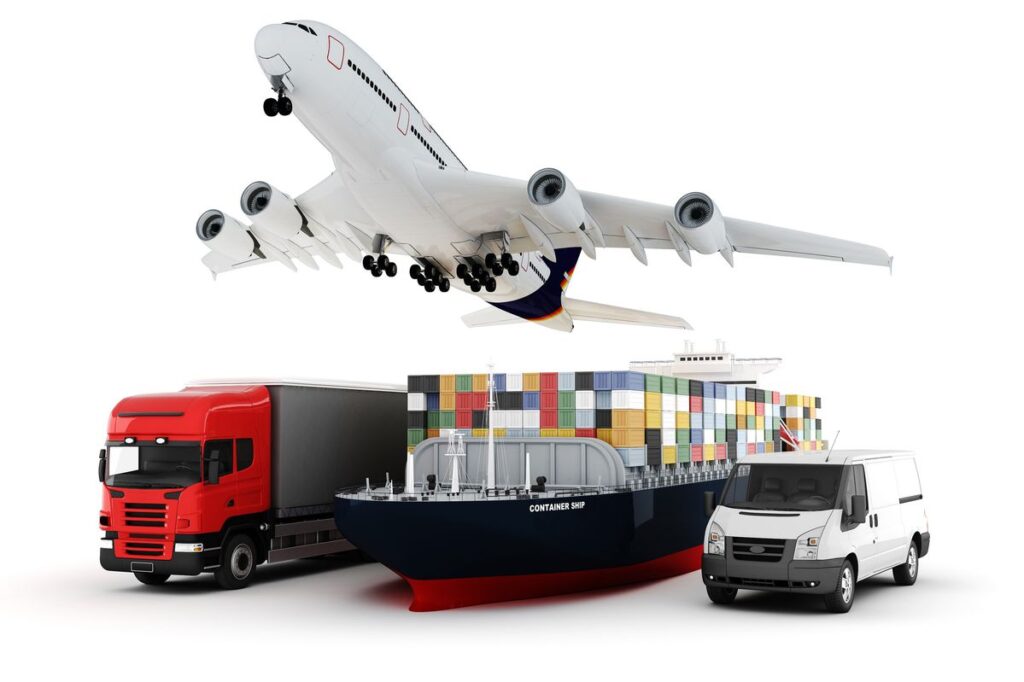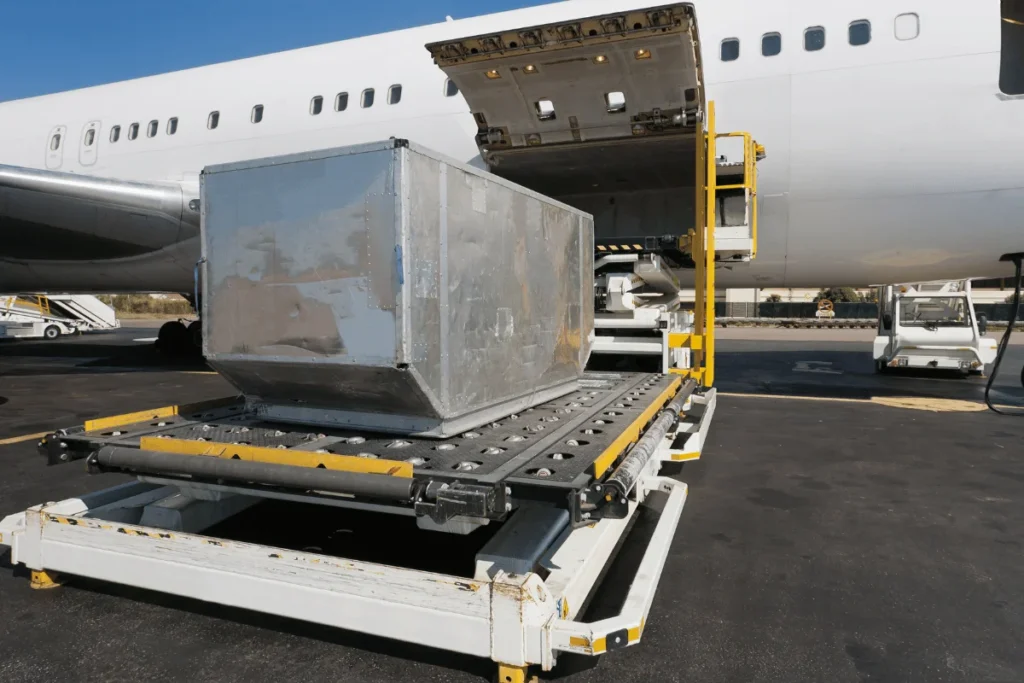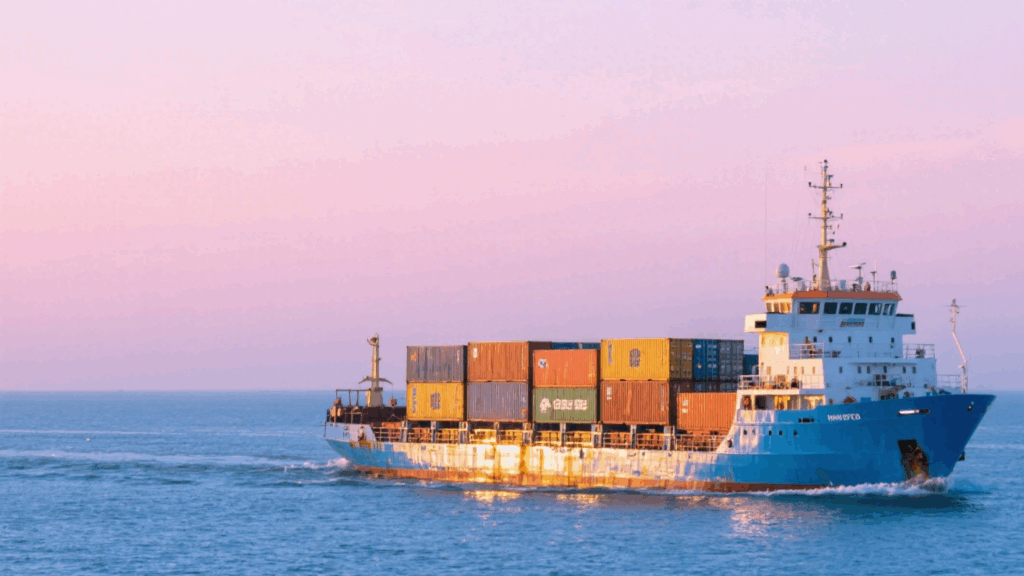- By Della tj
- October 17, 2025
- Rail Freight, Shipping
Global trade demands speed, reliability, and cost control — all of which define trusted rail freight from China to Belgium. As businesses expand across borders, choosing the right logistics method can make or break operational efficiency. This route offers a balanced, eco-friendly, and secure alternative to traditional shipping modes, connecting major Chinese industrial hubs with Belgium’s leading logistics gateways.
Why Rail Freight from China to Belgium Is Growing in Popularity
International businesses are turning toward rail transport due to its impressive balance between cost and efficiency. Belgium, with ports such as Antwerp and Liège, has become a top destination for rail shipments arriving from China.
Key advantages include:
- Shorter transit times: Only 15–20 days compared to 35–45 by sea.
- Stable costs: Prices remain less volatile than air or sea freight.
- Green logistics: 80% less CO₂ emissions than air transport.
- Reliable delivery schedules: Supported by the China–Europe Railway Express.
Moreover, this service strengthens Europe–Asia trade by offering predictable transit, fewer disruptions, and dependable customs handling.
How Trusted Rail Freight from China to Belgium Works
Understanding how the rail freight system operates helps importers and exporters make informed decisions.
Step-by-step process:
- Booking & Planning: Shippers confirm cargo type (FCL or LCL), dimensions, and final delivery point.
- Pre-carriage in China: Goods are moved by truck to rail terminals such as Chengdu, Xi’an, or Wuhan.
- Rail Transit: Containers travel through Kazakhstan, Russia, and Poland before reaching Belgium.
- Customs Clearance: Electronic pre-declarations simplify clearance both in China and the EU.
- Final Distribution: Goods are delivered via local trucking networks to Antwerp, Brussels, or Ghent.
In addition, each container is tracked using digital systems for full visibility, ensuring that logistics managers maintain control from origin to destination.
Main Routes and Transit Times
Trusted rail freight offers multiple China–Belgium connections, with frequent schedules and consistent delivery reliability.
| Route | Departure City (China) | Arrival City (Belgium) | Transit Time (Days) | Service Frequency |
|---|---|---|---|---|
| Xi’an – Antwerp | Xi’an | Antwerp | 17–19 | 3 departures/week |
| Chengdu – Liège | Chengdu | Liège | 16–18 | 2 departures/week |
| Wuhan – Ghent | Wuhan | Ghent | 19–20 | 1–2 departures/week |
| Chongqing – Liège | Chongqing | Liège | 18–20 | 2 departures/week |
As a result, Belgium’s rail terminals act as Europe’s main gateway for Chinese imports, particularly e-commerce products, machinery, and consumer goods.
Cost Comparison: Rail vs Sea vs Air Freight
The following table summarizes cost and performance differences among major freight modes:
| Mode | Average Cost (USD/CBM) | Transit Time (Days) | Reliability | Eco Impact |
|---|---|---|---|---|
| Air Freight | $6–$10 | 5–7 | Very High | High CO₂ emissions |
| Sea Freight | $0.8–$1.5 | 35–40 | Moderate | Low |
| Rail Freight | $2–$4 | 15–20 | High | Very Low |
For example, a 40FT container from Xi’an to Liège costs around $3,000–$3,600, much cheaper than air freight and twice as fast as sea shipping. Therefore, rail freight is the best option for time-sensitive yet budget-conscious importers.
Customs and Documentation Requirements
Every trusted rail freight shipment must comply with customs regulations in both China and Belgium. Proper preparation ensures smooth clearance.
| Document Type | Description |
|---|---|
| Commercial Invoice | Lists item value, quantity, and trade terms |
| Packing List | Specifies item weights and packaging |
| Rail Waybill | Serves as transport contract |
| Certificate of Origin | Required for customs verification |
| Import Declaration | Filed electronically to Belgian Customs |
| Insurance Policy | Protects against damage or loss |
However, hiring a professional freight forwarder simplifies this process, ensuring documentation meets EU and Chinese compliance standards.
Real Case Studies: Rail Freight Success Stories
Case 1: Electronics from Chengdu to Liège
Cargo: Consumer electronics (laptops, tablets)
Weight: 18 tons (2×40FT containers)
Transit Time: 17 days
Cost: $3,400 per container
Result: Reduced lead time by 45% and saved 30% compared to air freight.
Case 2: Furniture from Xi’an to Antwerp
Cargo: Office furniture sets
Weight: 22 tons (1×40FT container)
Transit Time: 18 days
Cost: $3,200
Result: On-time delivery for a European retailer’s seasonal sale.
Without a doubt, these examples highlight the reliability and consistency of trusted rail freight from China to Belgium for a wide range of industries.
Environmental and Supply Chain Advantages
Rail freight isn’t just about speed — it’s about sustainability and efficiency.
| Transport Mode | CO₂ Emissions (kg/ton/km) | Energy Efficiency Rating |
|---|---|---|
| Air Freight | 570 | Low |
| Sea Freight | 15 | Medium |
| Rail Freight | 20 | High |
Moreover, Belgium’s intermodal system connects rail directly with major highways and sea ports, enabling multimodal logistics solutions. Goods can easily reach France, Germany, and the Netherlands in just a few days.
This integration enhances supply chain resilience, reduces carbon footprints, and aligns with global sustainability targets — an essential factor for modern importers.

Choosing the Right Trusted Rail Freight Partner
Selecting a reliable logistics partner determines the efficiency of your shipment. Consider the following aspects before booking:
- Experience and Network: Forwarders with strong China–Europe experience offer better route stability.
- Digital Tracking: Ensure real-time visibility for each container.
- Customs Expertise: Partners with EU customs knowledge reduce clearance times.
- End-to-End Services: Choose door-to-door solutions that combine rail, trucking, and warehousing.
- Transparent Pricing: Avoid hidden fees; request full quotes including customs and handling charges.
Therefore, partnering with a trusted logistics company ensures timely delivery, reduced risks, and complete supply chain optimization.
Conclusion
To summarize, trusted rail freight from China to Belgium delivers a perfect blend of cost-efficiency, speed, and environmental sustainability. It bridges the gap between air and sea transport, making it ideal for businesses seeking dependable logistics solutions. With regular routes, advanced digital tracking, and simplified customs processes, this mode ensures consistent performance across all seasons.
Ultimately, choosing a trusted freight partner guarantees smoother operations, reduced costs, and stronger supply chain resilience — a critical edge in today’s competitive global market.
Request a Quote
Need a tailored solution for your shipping from China?Let TJ China Freight Forwarder assist you with reliable, cost-effective service.
FAQ:
Q1.What makes trusted rail freight from China to Belgium reliable for time-sensitive cargo?
Consistent schedules, GPS tracking, and minimal weather delays guarantee punctual arrivals and stable shipping times year-round.
Q2.Can small businesses use rail freight between China and Belgium?
Yes, Less-than-Container Load (LCL) services allow smaller exporters to share container space and lower transportation costs.
Q3.Are customs duties and VAT included in rail freight quotes?
Usually not. Importers must handle VAT and duties separately unless door-to-door or DDP terms are arranged.
Q4.How can I monitor my shipment during transit?
Professional freight companies provide digital tracking portals showing real-time rail freight status from origin to destination.
Q5.Is insurance necessary for trusted rail freight from China to Belgium?
While optional, cargo insurance is strongly recommended to protect goods from potential transit damage or delay.




